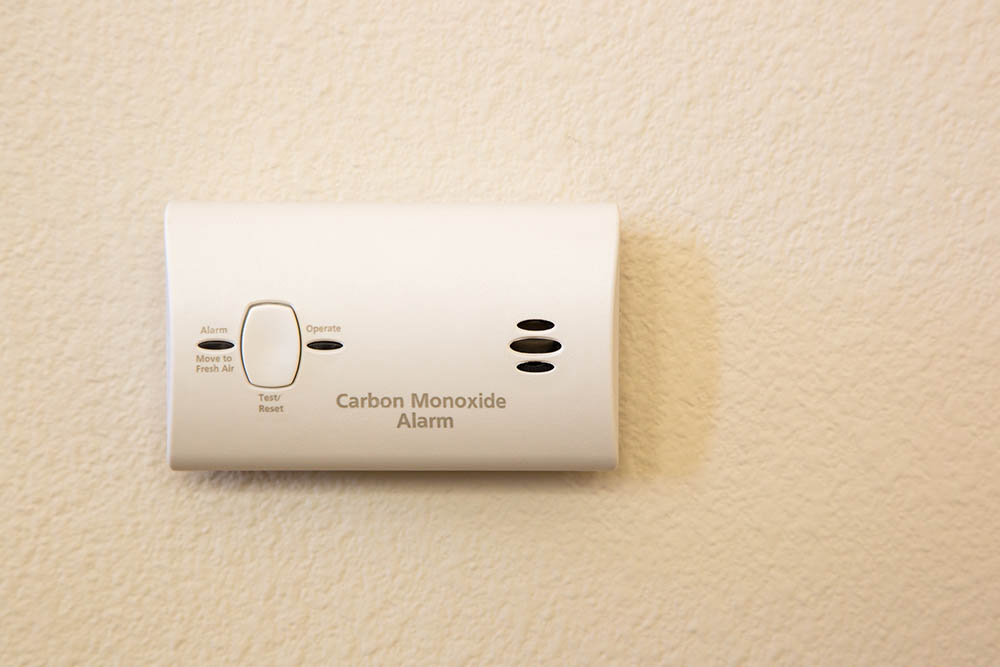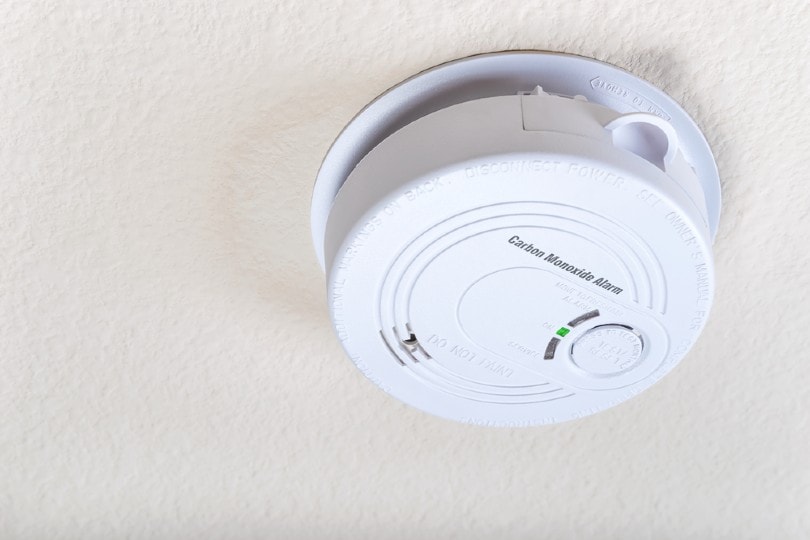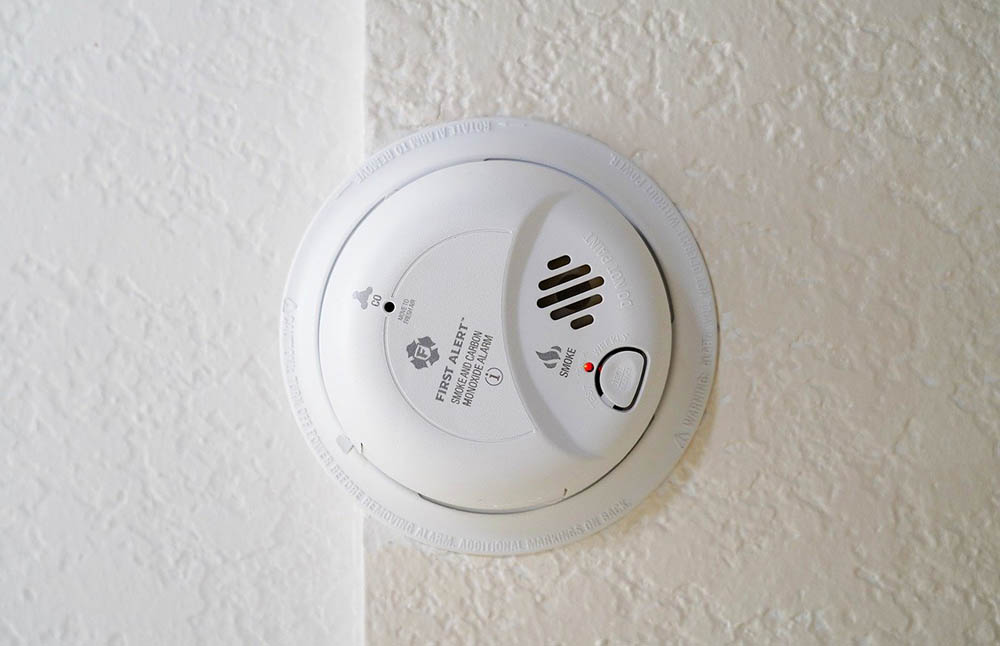How Many Carbon Monoxide Detectors Do I Need? Facts & FAQ
-
Ed Malaker
- Last updated:

Carbon monoxide detectors are a vital part of any home. They help protect you from a poisonous gas that can kill you before you detect it. However, many homes can be quite large, leading many to wonder if a single detector is enough. The short answer is no. It would be best if you had several detectors in your home to keep your family safe. If you want to understand these safety devices better, keep reading as we help you determine how many you need and explain where to put them for the best results.
What Is Carbon Monoxide?
Carbon monoxide is an odorless and colorless gas that can kill you if you inhale too much of it.
Where Can I Find Carbon Monoxide?
Carbon monoxide is a byproduct of fire. You create it anytime that you use a fireplace, stove, furnace, campfire, or grill. The engine’s internal combustion in your motor vehicle will also produce carbon monoxide.
How Many Carbon Monoxide Detectors Do I Need?
Most experts recommend placing a carbon monoxide detector on every floor of your home. You will also need one in the basement and the attic and any sleeping spaces outside the house. Many people also like to put one in the garage. We recommend placing one in the garage even if it doesn’t directly connect to the home, especially if you use the area as a workshop.

Where Should I Place My Carbon Monoxide Detector?
- Most people agree that you should place a carbon monoxide detector at least 5 feet off the ground.
- You should have one on every level of your home, including the attic and the basement.
- Place one over any door that connects your home to the garage
- Most people like to place them within 10 feet of a sleeping area or inside the bedroom.
Where Should I Avoid Placing a Carbon Monoxide Detector?
- Don’t place a carbon monoxide detector within 15 feet of an open flame. Objects that produce an open flame include the stove, furnace, and water heater.
- Avoid placing the carbon monoxide detector in a bathroom or other areas with excessive humidity.
- Don’t place the carbon monoxide detector in a drafty area where the air moves quickly.
- Avoid placing the carbon monoxide detector in areas where the air never moves, like behind curtains or furniture.
- Never place your carbon monoxide detector in direct sunlight.
What Do I Do If the Alarm Sounds?
- If your carbon monoxide detector starts sounding an alarm, turn off any appliances using an open flame, including your stove and any heaters.
- Quickly get everyone out of the house and into the fresh air.
- Open all the windows in your home to help evacuate the gas.
- Call the local authorities, and alert them that you have a problem.

How Do I Know If I Have Carbon Monoxide Poisoning?
Symptoms of carbon monoxide poisoning are similar to the flu. You will likely experience dizziness and a headache initially, and an upset stomach, chest pain, and vomiting can come a short time later, followed by confusion.
How Can I Prevent Carbon Monoxide?
- Use a good-quality carbon monoxide detector, and change the battery frequently.
- Have your heating system checked by a qualified technician annually.
- Never use portable camp stoves indoors.
- Never use a generator inside your home.
- Never run your vehicle while inside the garage.
Conclusion
Carbon monoxide can be extremely dangerous, but you can detect it with a carbon monoxide detector. Place one on each level of your home for the best results, but keep them several feet from your stove and furnace to avoid false alarms. Make sure there’s one in your basement and your attic, and it’s also a good idea to keep one in your garage. Have a qualified technician inspect your heating system each year to reduce the risk of creating carbon monoxide in your home to help keep you and your family as safe as possible.
Featured Image Credit: Andy Dean Photography, Shutterstock
Contents
